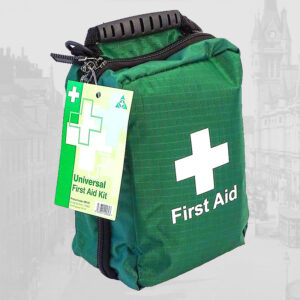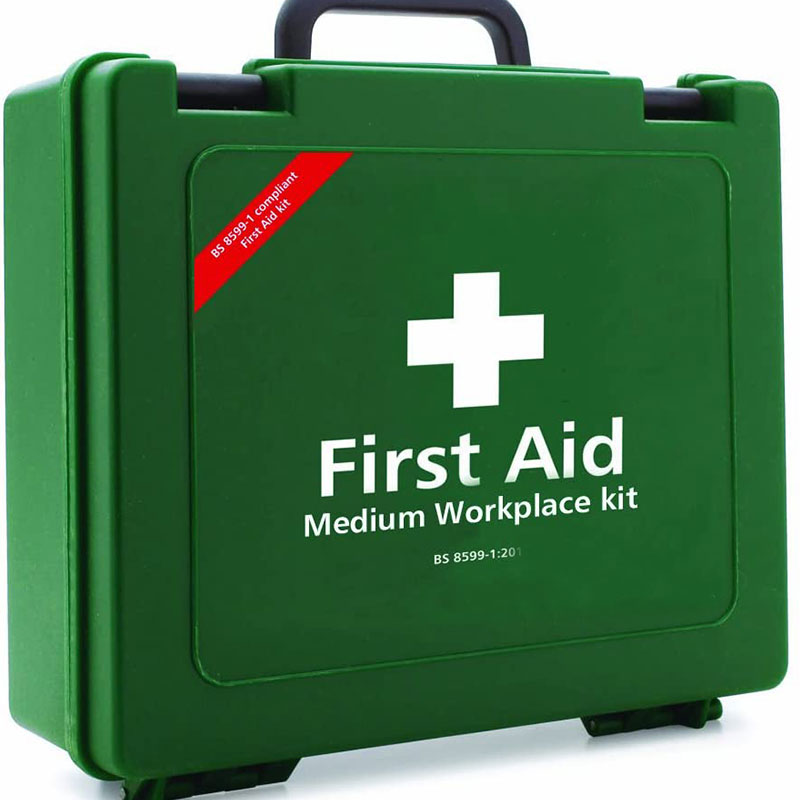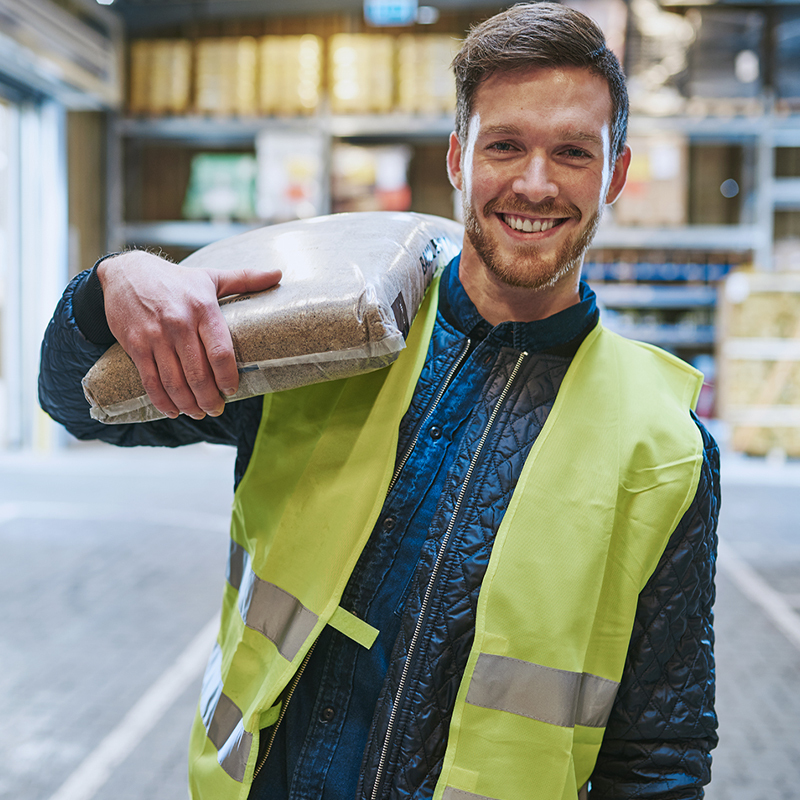 According to the RoSPA, using the most recent available data, more accidents in the UK take place at home than anywhere else. 2.7 million hospital visits were attributed to home accidents in 2002, and RoSPA say that around 6,000 deaths each year are the result of home accidents (compared to 1,732 fatal road accidents in 2015). Many of these accidents involve children.
According to the RoSPA, using the most recent available data, more accidents in the UK take place at home than anywhere else. 2.7 million hospital visits were attributed to home accidents in 2002, and RoSPA say that around 6,000 deaths each year are the result of home accidents (compared to 1,732 fatal road accidents in 2015). Many of these accidents involve children.
Despite these dangers, according to research by Mintel, only a fifth of UK adults have been on a first aid course and hold a valid certificate and only a third are confident that they could treat a wound on another person. Only a quarter of people have a first aid kit that they regularly check to ensure the supplies haven’t expired.
If you don’t have an in-date first aid kit, you should seriously consider getting one – especially if you have children. We all make mistakes from time to time, and falls, burns, knife injuries in the kitchen and DIY mishaps are a fact of life. Children, on the other hand, are much more prone to hurting themselves, no matter how much we try to keep an eye on them.
For all age groups, falls, including those on the same level and on stairs, strikes against objects and cuts/tears are the most common types of accident. Many of these home accidents are minor, but for a more serious injury, having a properly stocked first aid kit, along with the know-how to use it, could save your, or a loved ones, life whilst you wait for the ambulance to arrive.
A well-stocked first aid kit should contain a variety of plasters, sterile dressings, bandages and burn dressings. Our General Purpose First Aid Kit is a good example of a well-stocked home first aid kit. It may also be useful to add antiseptic cream and antihistamines, for disinfecting wounds and for soothing insect bites and nettle stings, and forceps for removing splinters, especially if you have a garden.
If you prefer to be more prepared with a larger kit, we have plenty to choose from, including these first aid kits designed for workplaces. We also recommend you have a separate first aid kit in your vehicle at all times, and one for travel. You can also purchase empty first aid bags or cases if you’d prefer to assemble your own kit from scratch.
Although we recommend people receive first aid training, our kits do contain leaflets to advise untrained people on how to administer basic first aid. For more comprehensive guidance, we have a paediatric first aid manual for treating children and a general first aid manual. These manuals can help you recognise what kind of injury or illness you’re faced with, and tell you how to take appropriate action, but they are not intended as a substitute for actual training.
By Safety First Aid




